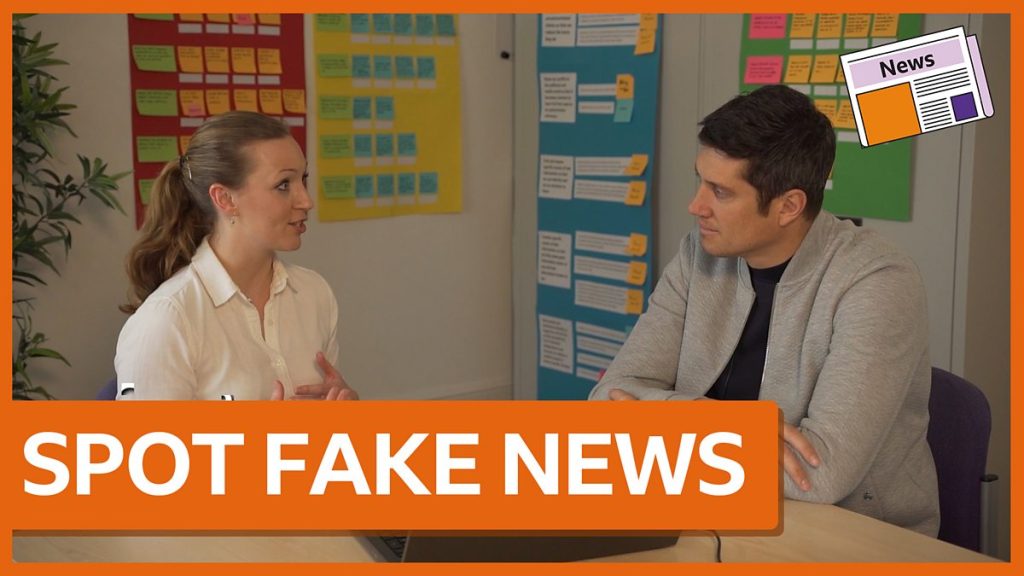Navigating the Murky Waters of Online Misinformation: Equipping the Next Generation with Critical Thinking Skills
In a bygone era, news consumption was a relatively straightforward affair. Families gathered around the television at 6 pm for their daily dose of news, or tuned into the radio for hourly updates. Trust in established news sources was implicit. The digital age, however, has ushered in a new era of information dissemination, one where the lines between truth and fiction are increasingly blurred. Social media platforms, with their vast reach and ease of access, have become fertile ground for the proliferation of misinformation, often disguised as legitimate news. From outlandish conspiracy theories about public figures to fabricated stories about global events, the sheer volume of misleading content online presents a significant challenge, particularly for young people.
Recent studies paint a concerning picture, revealing that a mere 2 percent of young people possess the critical thinking skills necessary to discern fact from fiction online. This vulnerability is not surprising, given the constant bombardment of information they face on social media. The rapid-fire nature of online platforms, coupled with the persuasive techniques employed by purveyors of misinformation, makes it difficult for even discerning adults to navigate the digital landscape effectively. For adolescents and teenagers, still developing their critical thinking abilities, the challenge is even greater. They often struggle to differentiate between credible news sources and unreliable or deliberately misleading content, leading to genuine confusion and the potential for accepting false information as truth.
Helping young people develop the skills to navigate this complex information environment is crucial. One effective approach is to encourage them to analyze their emotional responses to online content. If a story evokes a strong emotional reaction, whether it’s excitement, anger, or sadness, it’s a signal to pause and examine the information more closely. Sensationalized or emotionally charged content is often designed to manipulate the reader, bypassing rational thought and encouraging impulsive sharing. By recognizing this, young people can learn to resist the urge to immediately share or react to such content and instead take the time to verify its authenticity.
Another crucial skill is the ability to verify the source of information. Questioning the origin of a story is paramount. Who is sharing the information? What is their agenda or motivation? Tracing a story back to its original source can reveal potential biases or inaccuracies. If the source is unknown or lacks credibility, it’s a red flag. Furthermore, examining the context of images and videos shared online is essential. Reverse image searching can quickly reveal whether an image has been manipulated or taken out of context. This simple technique can be incredibly effective in debunking false or misleading claims.
Furthermore, understanding the potential motivations behind online content is vital. Is the story attempting to sell a product or promote a specific viewpoint? Recognizing the possibility of hidden agendas can help young people approach online content with a healthy dose of skepticism. Even content shared by trusted figures, such as celebrities or influencers, should be scrutinized. Blind faith in authority figures online can be dangerous, as anyone can fall prey to misinformation or be manipulated into sharing it.
In conclusion, empowering the next generation to navigate the digital world safely and effectively requires equipping them with essential critical thinking skills. By teaching them to question the source of information, analyze their emotional responses, verify the accuracy of images and videos, and consider the potential motivations behind online content, we can help them become more discerning consumers of information. These skills are not just valuable for navigating the online world but are essential life skills that will serve them well in all aspects of their lives. While the digital landscape may be fraught with challenges, it also presents an opportunity to foster critical thinking and media literacy skills in young people, empowering them to become informed and responsible citizens in the digital age. The task ahead is not simply to filter out fake news but to cultivate a generation of critical thinkers who can confidently navigate the complex and ever-evolving information ecosystem.


